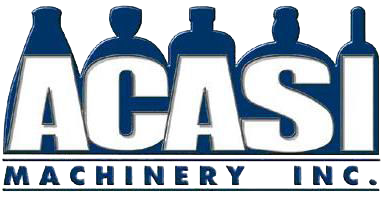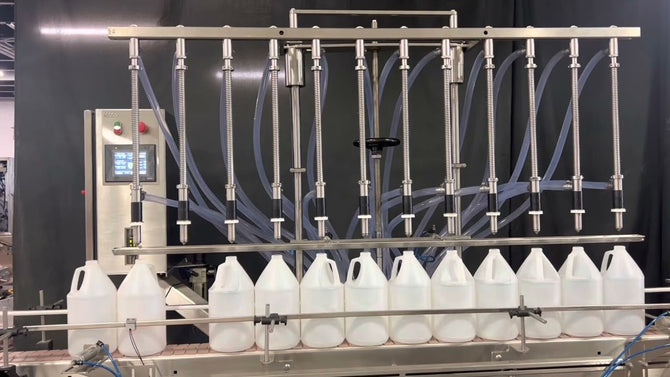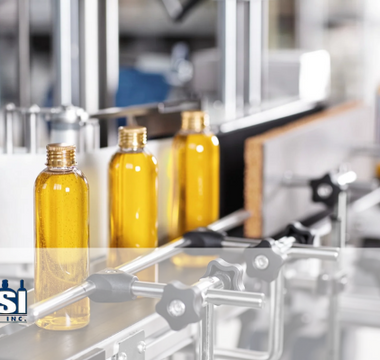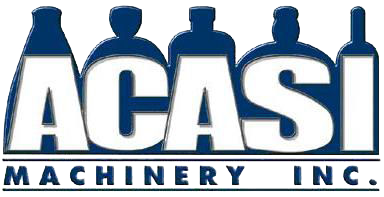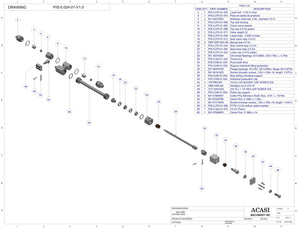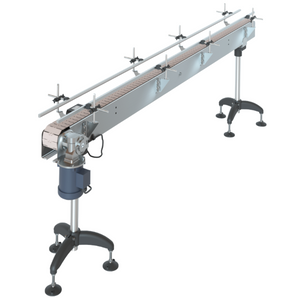The specific bottle size and shape, and labels –perhaps the most important– are an integral part of your product’s branding. You have dedicated significant time and resources to designing a great-looking label that conveys your product’s story. The next challenge is how to apply the label to your bottle and make it look great. Because incorrectly applied bottle labels always look terrible, no matter how well-designed they are. You can apply pressure-sensitive labels either by hand or by using a machine.
Labeling by hand

Labeling by hand is simple. You peel the adhesive label from the roll and apply it to the bottle with firm pressure. This method can be time-consuming and can lead to frustrating results, however, if the label is applied crooked or if there are bubbles in your application. Because it’s a repetitive task, often machines will do the job far better and more reliably. It can also become expensive as your production needs grow due to increasing labor costs.
Labeling a bottle using a machine
If you do small jobs a manual or semi-automatic labeler can work when applying container labels. For larger volumes, you may want to consider an inline or rotary labeling machine. This will not only help keep production costs down but will also make your process more efficient. In general, a machine will be capable of applying different label shapes, including oval labels, rectangle labels, round labels, etc. The label size and material are also important to take into consideration. Standard labels will typically be able to apply mate labels, printed labels, and others. The machine may need specific sensors to be able to apply metallic labels, clear labels, or other labeling materials to your containers, bottles, and jars. Your bottle’s shape will determine the type of labeling machine you will need to consider. Generally speaking, for cylindrical or round bottles you will use a wraparound labeler.
Wraparound Labelers
A wraparound labeler applies the first part of the label to the bottle and then spins the bottle around until the rest of the label has been applied. Some machines also allow you to apply 2 labels from a single roll on the same bottle. For this, you will need a 3-point turn system that includes sensors or some other mechanism to identify the correct placement of the labels to the bottle and dispense them accordingly.
Front and Back Labelers

For bottles that are not cylindrical a different type of labeling machine will be needed. For square/rectangular and oblong-shaped bottles, a front/back labeler is often the machine needed. These apply the labels to the front and/or back face of the bottle. A front labeling machine will have one labeling head whereas a front and back labeling machine will have two separate labeling heads. The labels for these types of applications will come in individual roles (one for the front label and one for the back label). Some front/back labeling machines offer a wrap station. These machines are very flexible and capable of labeling a wide variety of bottles including square, rectangular, and cylindrical bottle shapes. For tapered bottles, your labeling machine needs to be able to tilt the labeling head so it can properly apply the labels on these types of bottles. Keep in mind that this is typically an option that does not come standard with the machines.
Other types of labelers
For other applications, like neck labels, top/bottom labels, etc. a different kind of labeling machine is needed.
Label Rolls Wind Direction
When using a machine to label your bottles a very important thing to consider is the roll’s wind direction. Wind direction is the orientation of your label as it is coming off the roll. It is very important because it determines the correct placement of your label on the bottle and you do not want to end up with labels that are upside down or sideways. There are 8 wind directions to choose from, but more than likely you’ll only need to consider options 1 through 4, with 4 being the most common for wraparound labeling heads. Wind direction depends entirely on your labeling machine’s specs. Your labeler provider should be able to make the rolls according to the wind direction required by your labeling machine.
